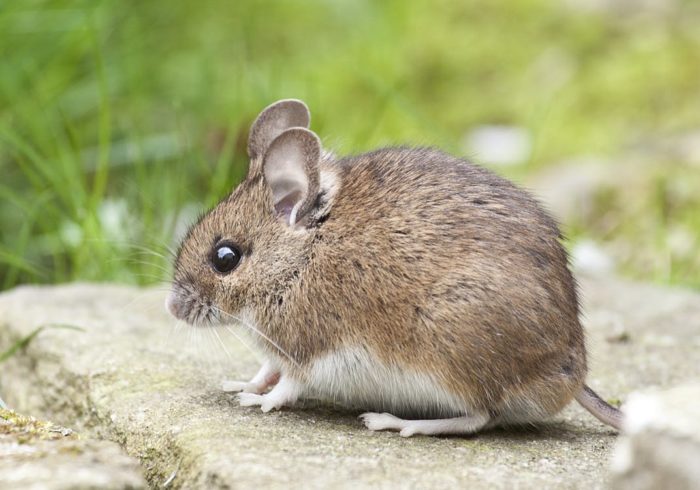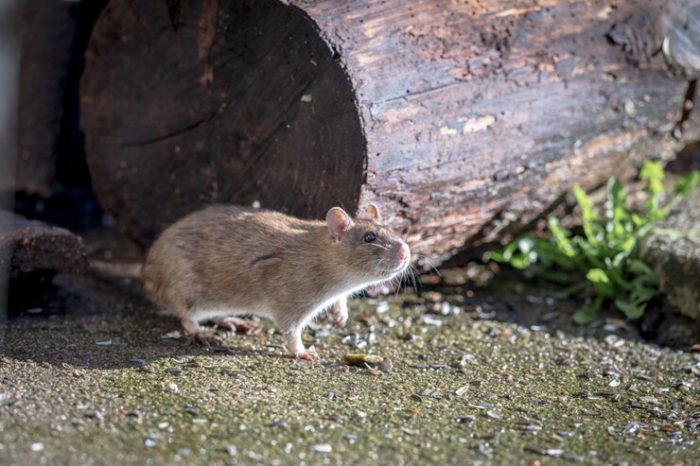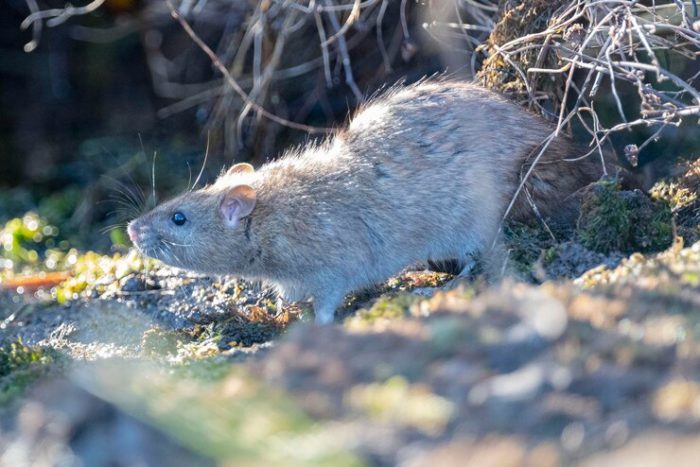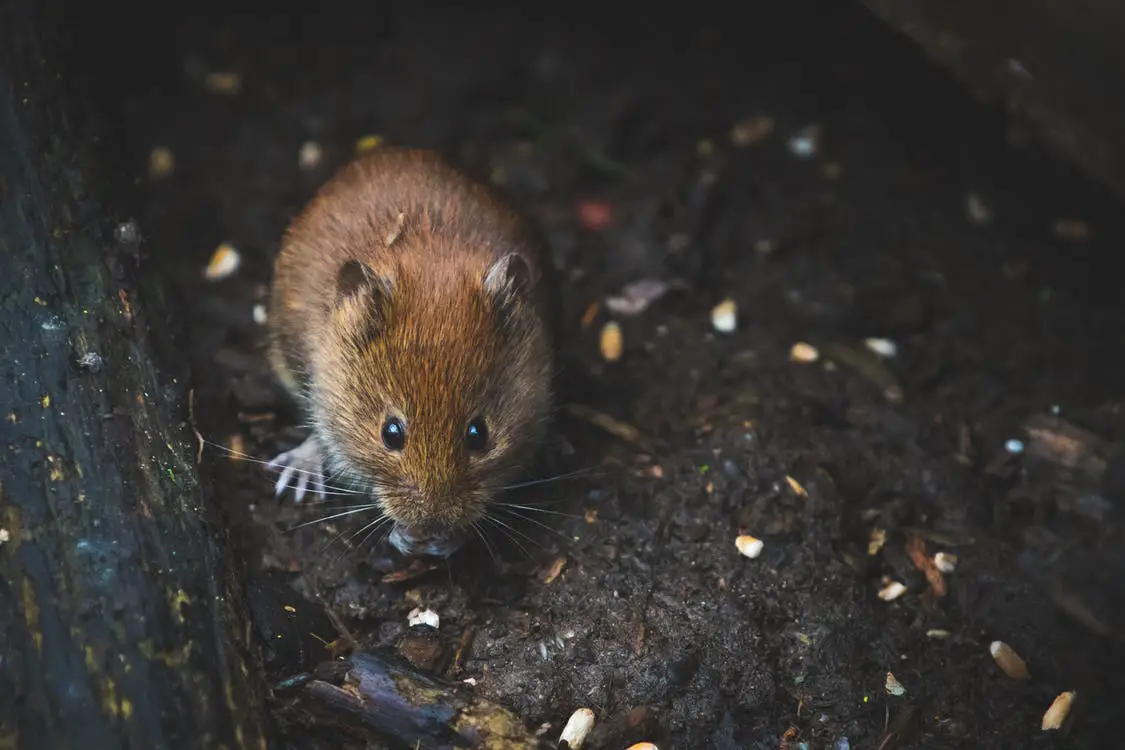Norway Rats Vs. Roof Rats
You might have come across types of rats that can trouble you and damage your house.
But did you know that the two most common types that cause so much trouble are the Norway rats and the Roof Rats?
Though it might seem to the untrained eye that both these rats look the same, they differ in many ways. Are you confused?
Important Note: If you're tired of pests and want a reliable solution, then you should definitely consider seeking help from a professional pest control company. DIY solutions can be effective, but if you're dealing with a significant pest infestation, you don't want to rely solely on DIY methods. Pest control companies typically don't charge huge fees. You can fill out this form to receive free quotes from the top local pest control companies, and compare the quotes and see for yourself. Then, finally, your pest problems will be eliminated for good.
Worry not! This article will help you differentiate between Norway rats and roof rats.
Knowing this is important because it helps put traps and stations in the right spot for maximum efficacy. Just keep reading to learn more!
Identifying Norway Rats
Appearance and Size
Norway rats are brown with scattered black hairs and are gray to the white underside. They look long and are heavy-bodied with a blunt muzzle.
They are 7-9½ inches long and are found all over the US. Norway rats have small eyes and ears, and their tails are shorter than the length of their head and body coupled together.
Behavior
Norway rats are nocturnal. They eat several times each night and also during the daytime.
These rodents are known to gnaw through almost anything – including plastic or lead pipes – to obtain food and water sources for survival.
Norway rats are great swimmers who readily dive through water seals in toilets, emerging in toilet bowls.
Habitat
Norway rats primarily live in fields and farmlands. They burrow in riverside soil, along riverbanks and streams, in the garbage, and piled up wooden slabs.
Diet
They can eat practically anything but meat, fish, and cereal. They are also fond of dog food.
Nesting
Norway rats often live in basements, piles of debris, or undisturbed materials. They also enjoy nesting on the ground floor, on the lower floors of buildings, and in sewers.
Although they prefer settling on lower levels, Norway rats may occasionally nest in attics, roofs, and other high points, though rare.
Disease
Norway rats can spread many infections, such as jaundice, rat-bite fever, cowpox virus, trichinosis, and salmonellosis.
They can also harm you by causing health threats by contaminating food and water and bringing fleas to your house.
Identifying Roof Rats
Appearance and Size
Roof rats have three different subspecies that differ in color.
- The black rat (Rattus rattus Linnaeus) is black with a gray belly.
- The Alexandrine rat (Rattus alexandrines Geoffroy) is brown with gray streaks, also known as agouti, with a gray belly, and
- The fruit rat (Rattus frugivorous Rafinesque) has an agouti back and white belly.
Roof rats are about six to eight inches long, with their tail longer than their body. They look sleek and slender. They have pointed noses, large eyes, and ears.

Behavior
Roof rats are experts in climbing high. They can swiftly climb up the roofs from trees.
They are much faster than Norway rats and use their tails to balance well on electrical wires.
Roof rats not only damage materials by gnawing through them, but they also contaminate stored food and serve as carriers of dangerous diseases.
Habitat
Roof rats usually live in trees or vine-covered fences, landscaped residential and industrial areas. They are also found in parks with ponds or reservoirs, riverbanks, and streams.
Diet
Roof rats prefer eating seeds, fresh vegetables, fruit, and vegetative parts of native and ornamental plants, wheat, and corn.
Nesting
Roof rats find shelter in the upper parts of buildings, thanks to their excellent climbing abilities. That’s where they get the name from.
They are highly adaptive and can live in any environmental condition. Upper parts of the buildings, like attics and rafters, are comfy spaces. They also live in colonies.
Disease
If you have heard of the Bubonic plague, you might know how devastating it was. Roof rats were the carriers of the epidemic.
They can also cause typhus via fleas, infectious jaundice via urine in water or food, rat-bite fever via bites, trichinosis via undercooked pork, and salmonellosis via droppings.
Also, these rodents can cause food poisoning by contaminating food or food preparation surfaces. They carry fleas too!

Differences Between Norway Rats and Roof Rats
Nesting
To determine the difference between Norway rats and roof rats, the first thing to be considered is their nesting.
Roof rats always nest in higher surfaces like the attic or roof due to their great climbing abilities.
On the other hand, Norway rats are great swimmers and can enter through your toilet flush.
But they cannot climb very high. So they often nest in low-level places dumped with wastes or bushes.
Diet
Also, roof rats prefer fruits and vegetables for their diet, while Norway rats prefer meat and fish.
So you can also tell them apart by observing which food they consume.
Color and Size
And you can distinguish between them by looking at their color and size, as mentioned above.
Hazards of Norway Rats and Roof Rats
Roof rats may show aggression when threatened. In self-defense, they may bite or chase, causing diseases or infection.
Both these types of rats gnaw at wires, can damage furniture, and cause unhygienic living conditions by contaminating food and water.
Do They Carry Rabies?
Rats can get rabies from other infected animals, but they are not a significant spreader of rabies.
Rats are rarely alive after being attacked by a predator, owing to their small size.
So the possibility of an infected rat surviving is so low.
Rat bites can transmit rabies if the rats are also infected, but this is unlikely.
But rat bites can cause other diseases that they can spread. So be careful to get immediate medical care if a rat bites you.

Conclusion
So now you don’t have to worry about getting confused between Norway rats and roof rats.
Make sure you identify them and take steps to chase them away from your house for more hygienic and safe surroundings.
You can also get rid of rats with many homemade remedies like baking soda, and borax or use electric rat traps to eliminate them indefinitely.
I hope you have gotten the information you have been searching for.

